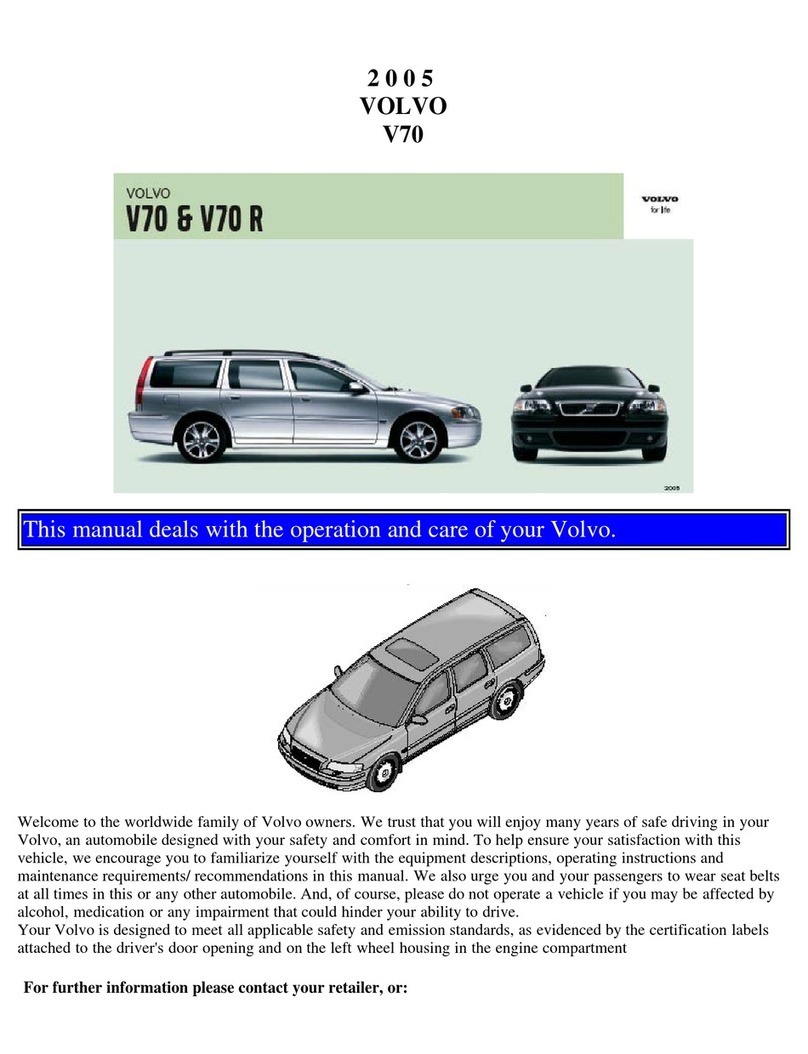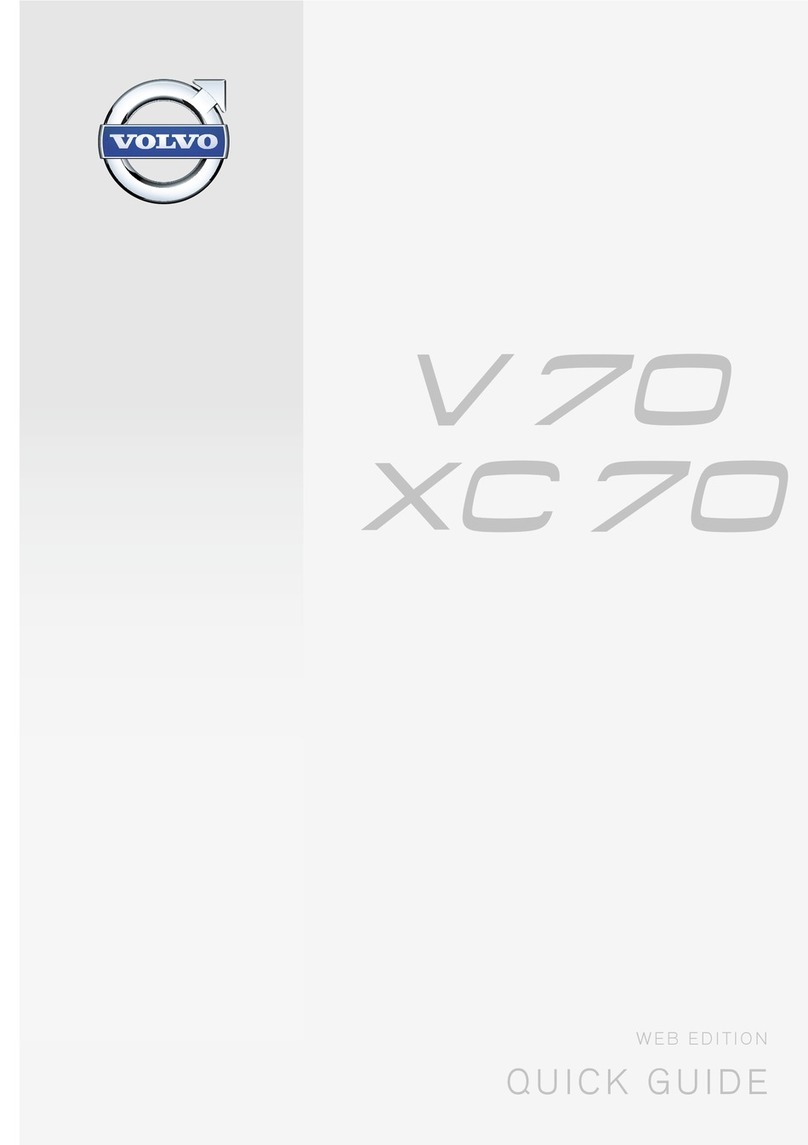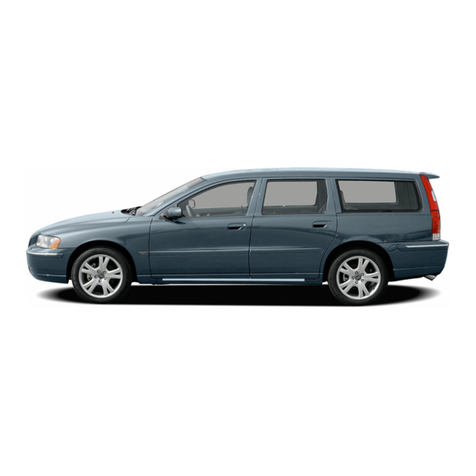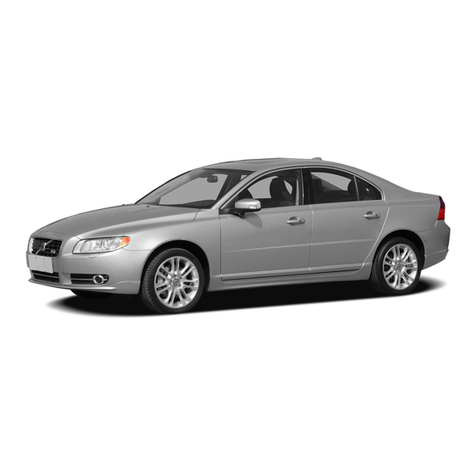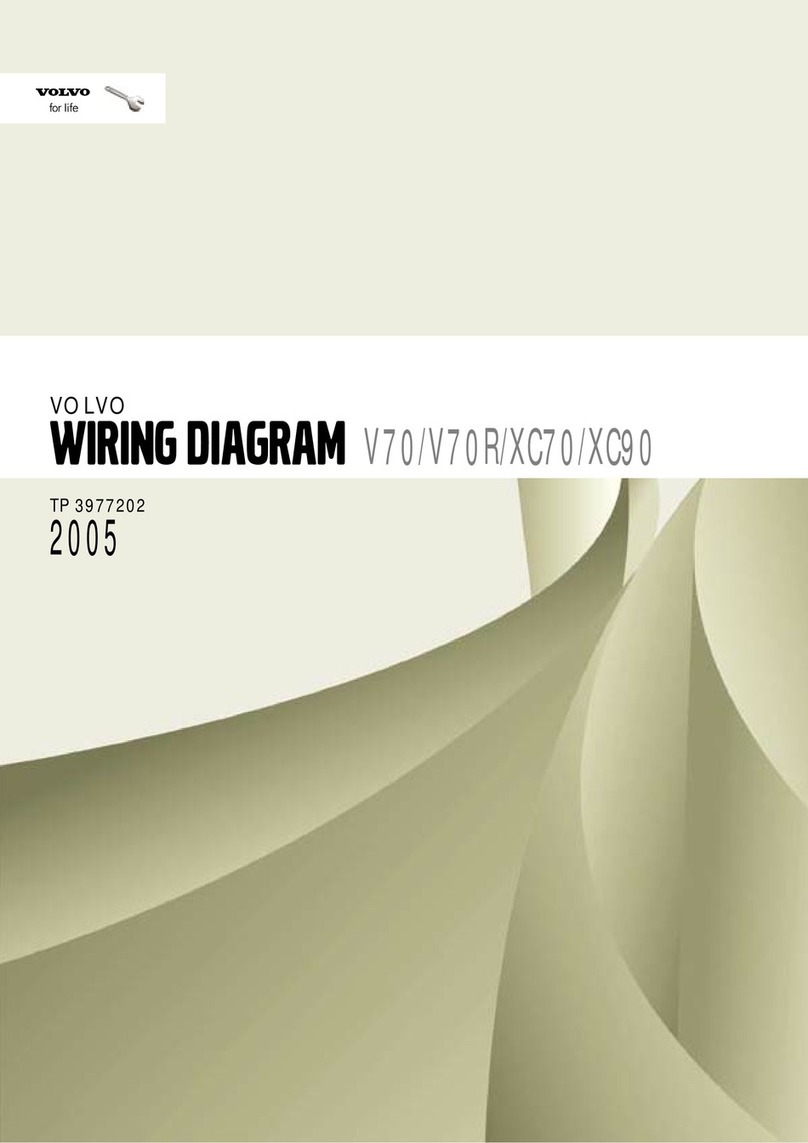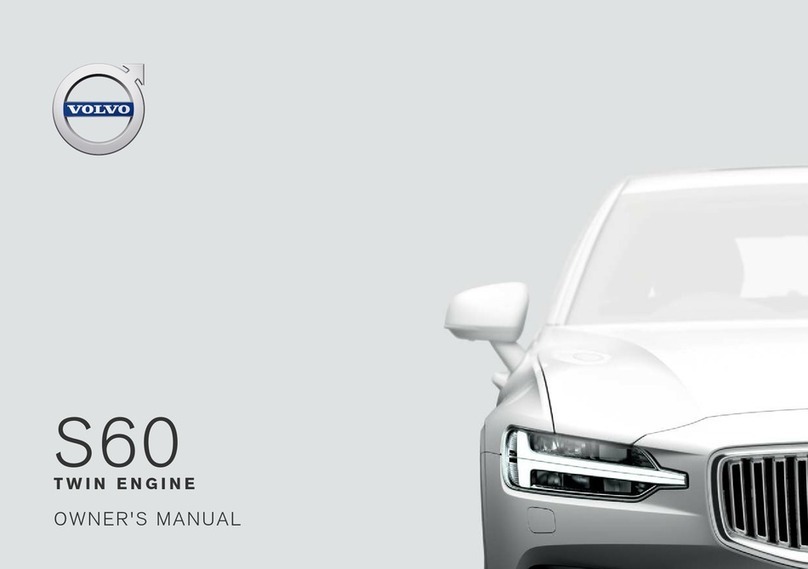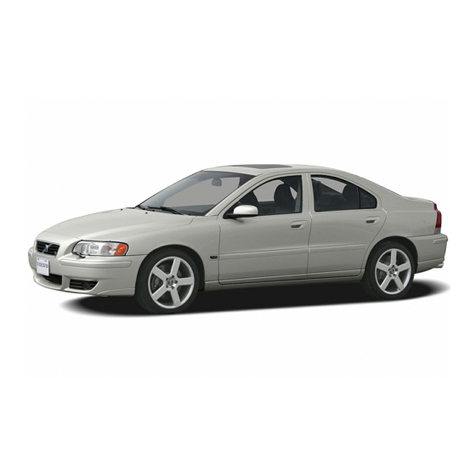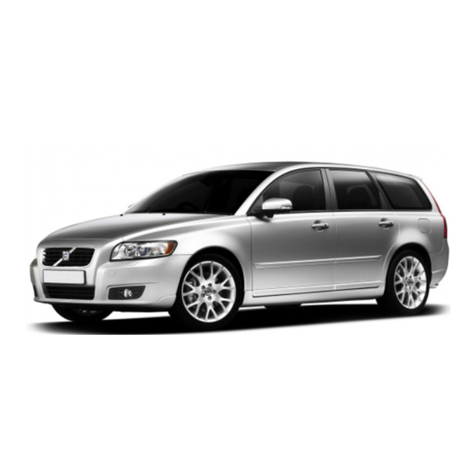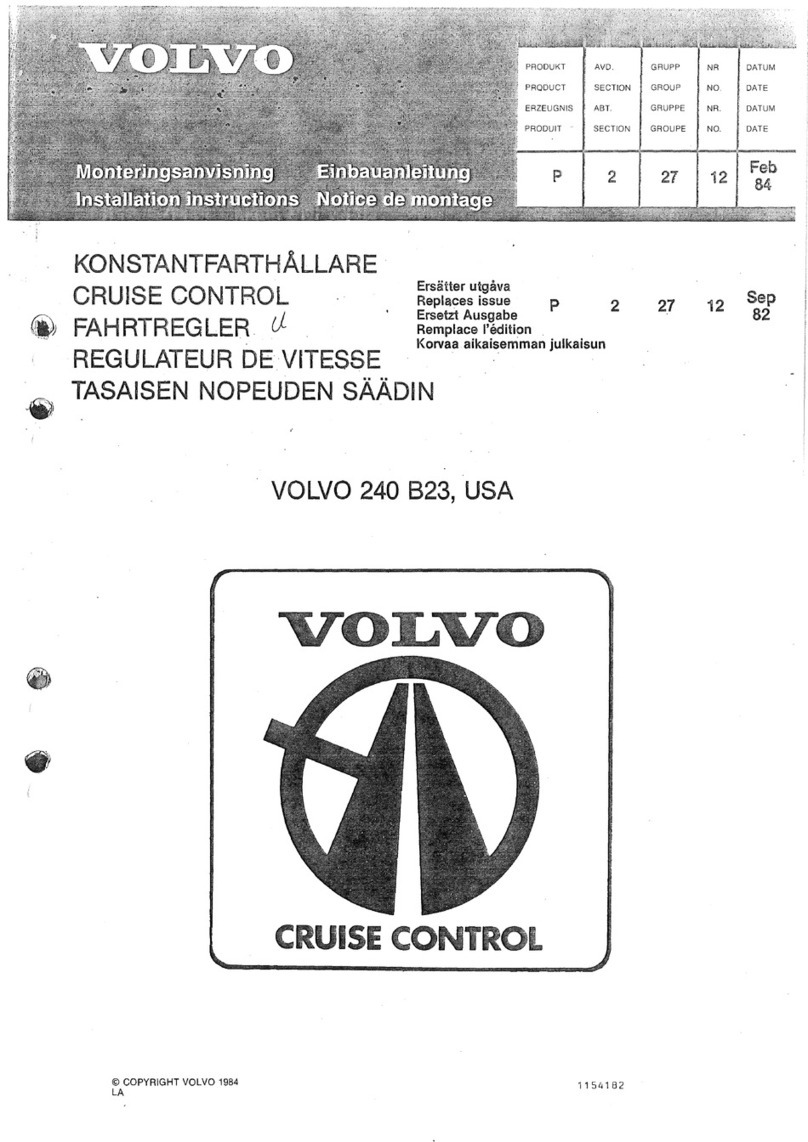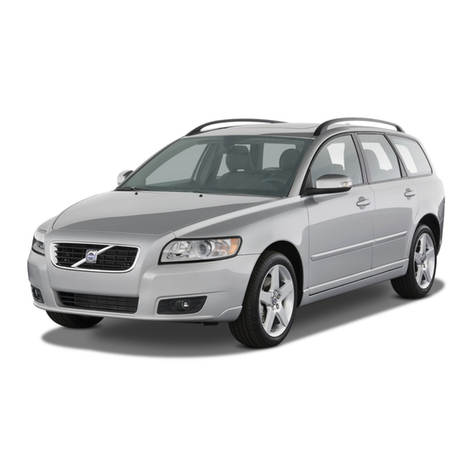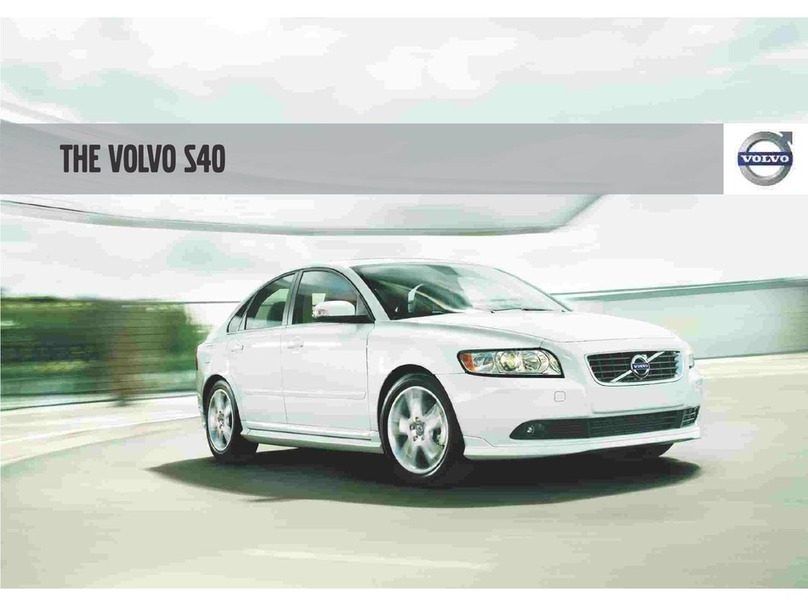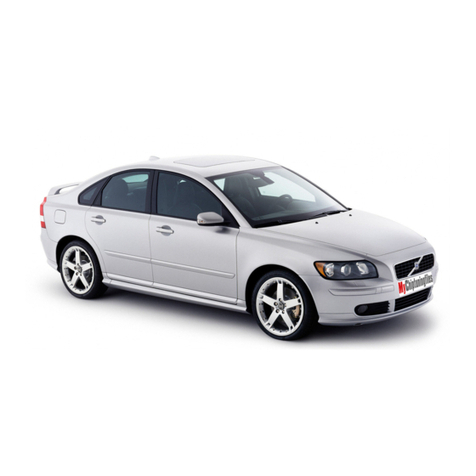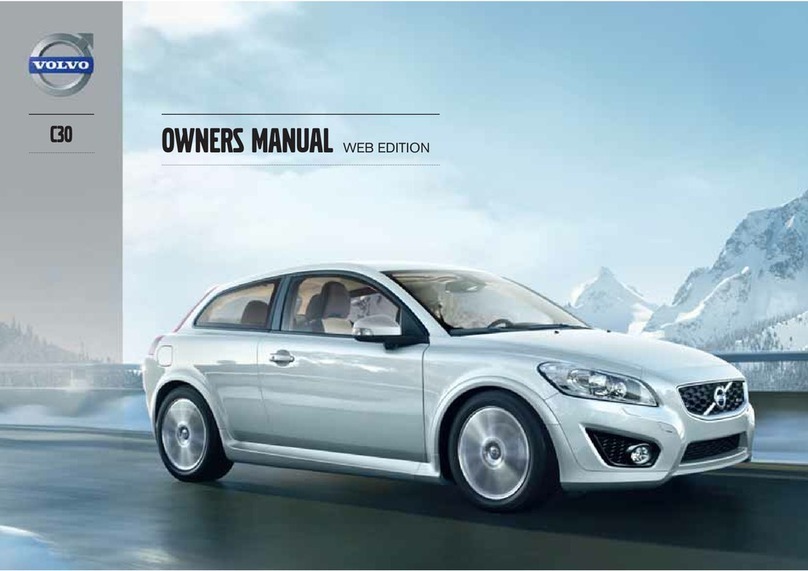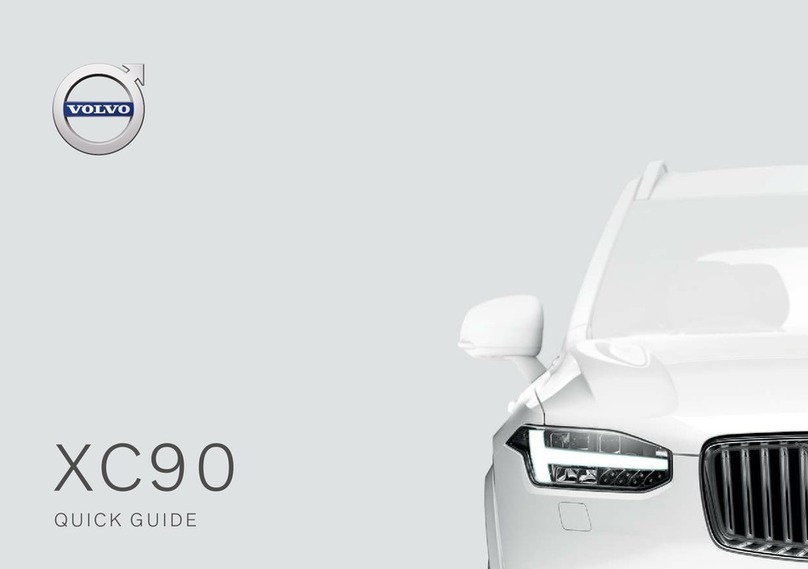
•
De
s
ign
and function
Fuel sy
st
em
LH2.4
-
240
Characteristics of LH2.4 fuel system for Volvo 240:
It
is
used together with the EZ116K ignition sys-
tem.
It
is
an
adaptive system.being capable of multiple
adjustments based on driving experience.
It
is monitored by a self-diagnostic system that
lights up a warning lamp on the instrument panel.
It
has a memory capability of up to three fault
codes (Scandinavia/USA Federal) plus seven-
teen additional codes (USA/California). Subse-
quent fault tracing can be carried out
by
actively
utilizing the diagnostic program.
It
measures intake air mass via air mass meter
supplied with a hot wire.
It
utilizesaprima
ry
pump in the fuel tankand a
fuel
pump with fuel filter on the fuel line to the engine.
II
works on a fuel pressure of 300 kPa (
42
psi).
It
utilizes a separate cold slart valve which sup-
plies extra fuel at.or below 15°C (60"
F)
or cotder.
It
provides a richer fuel mixture to counteract
knock when the fuel system's anti-knock control
system has been unsuccesslul at reducing knock
by
adjusting downward several degrees.
It
requires no adju
st
ment of CO because of the
adaptive function.
It
h
as
a "limp home"
se
Mi
ng at the idle valve In
caseoflossofcurrent. the idlev
al
ve
rema
in
sopen
to
provide emergency air intake.
In
the USA:
It
has
an
integrated shi
ft
Indicator
refated
to
vehicle speed and engine rpm. The
indicatorfamp lights up ifthe rpm for the next gear
are higher th
an
the pre-programmed limit
s.
-It uses an induction sensor
on
th
e
fly
whe
et
to
indicate rpm and c
ra
nk
shaft posi
ti
on
vi
a the igni-
tion system control uni
t.
It
is fitted with the same
mo
del Lambda-so
nd
as
for previous l H fuel
sy
stems. The resistance of
the Lam
bd
a-sond is affect
ed
by
the eXhaust-
gasl
oxygen concentration The Lambda-sond is
mounted on the exhaust manifold between tile
engine and Ihe catalytic conver1er.
It
is
fi
tt
ed
WIth
a three-way catalylJc conver1er.
It
utilizes an EVAP system
to
handle fuel vapors
in the fuel tank.
7
